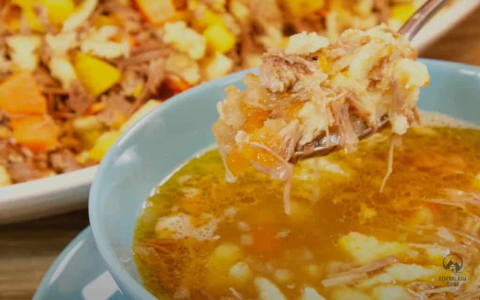Turkmenistan Cuisine: A Culinary Journey Through the Heart of Central Asia
Introduction
Turkmenistan, a landlocked country in Central Asia, boasts a rich and diverse culinary heritage that reflects its historical connections and cultural influences. From the vast steppes to the bustling cities, Turkmen cuisine is a testament to the country’s unique identity and its people’s resilience. This article aims to explore the fascinating world of Turkmen cuisine, highlighting its key ingredients, traditional dishes, and the cultural significance behind them.
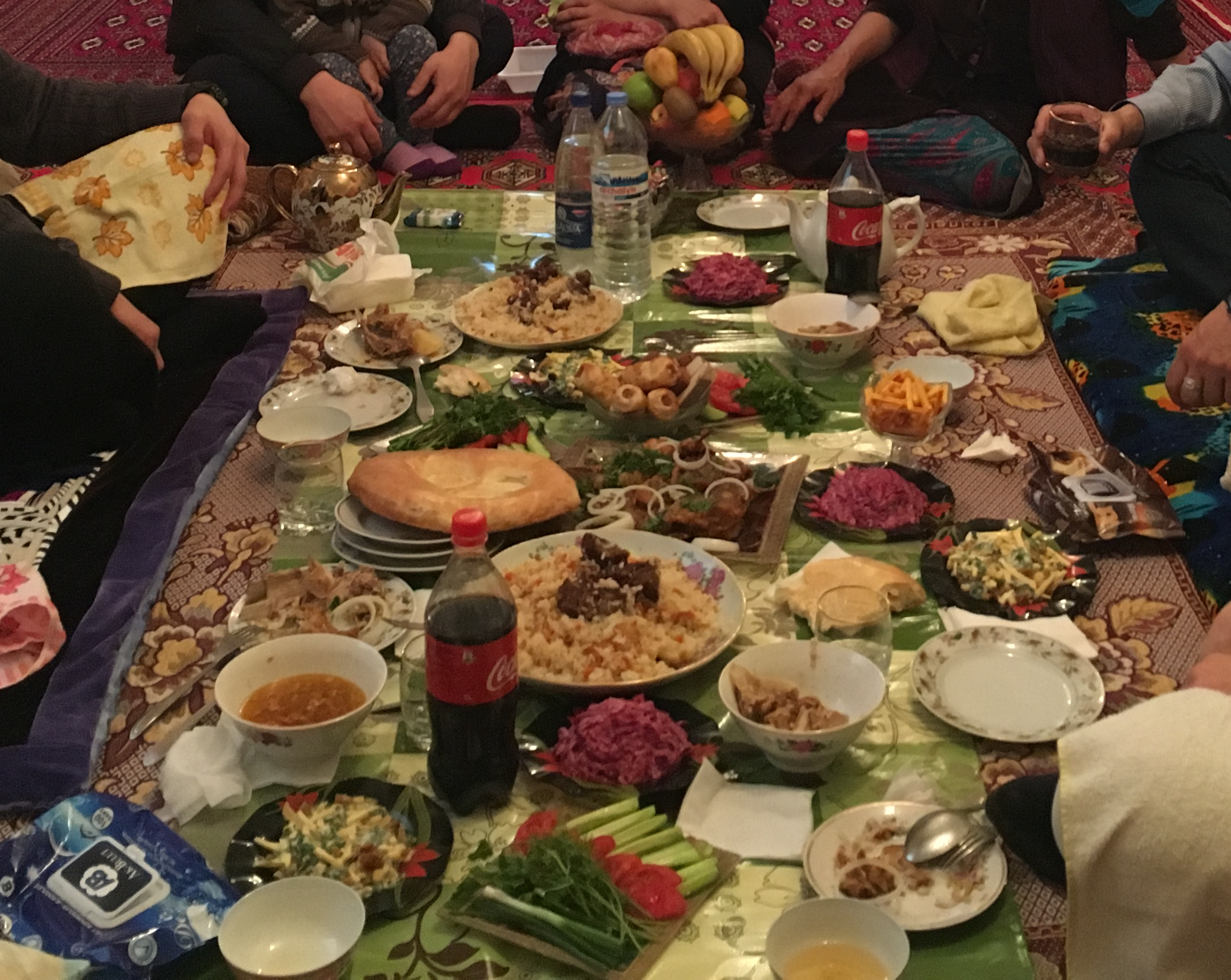
Historical Influences
The cuisine of Turkmenistan has been shaped by various historical influences, including the nomadic lifestyle of its people, neighboring countries, and the Silk Road trade routes. The nomadic heritage is evident in the emphasis on portable and nutritious foods, such as meat, dairy products, and grains. The proximity to neighboring countries like Iran, Afghanistan, and Uzbekistan has also introduced a variety of spices and cooking techniques into Turkmen cuisine.
Key Ingredients
One of the most distinctive aspects of Turkmen cuisine is its use of unique ingredients. Some of the key ingredients include:
– Meat: Meat, particularly lamb, is a staple in Turkmen cuisine. It is used in various forms, such as grilled, roasted, and stewed.
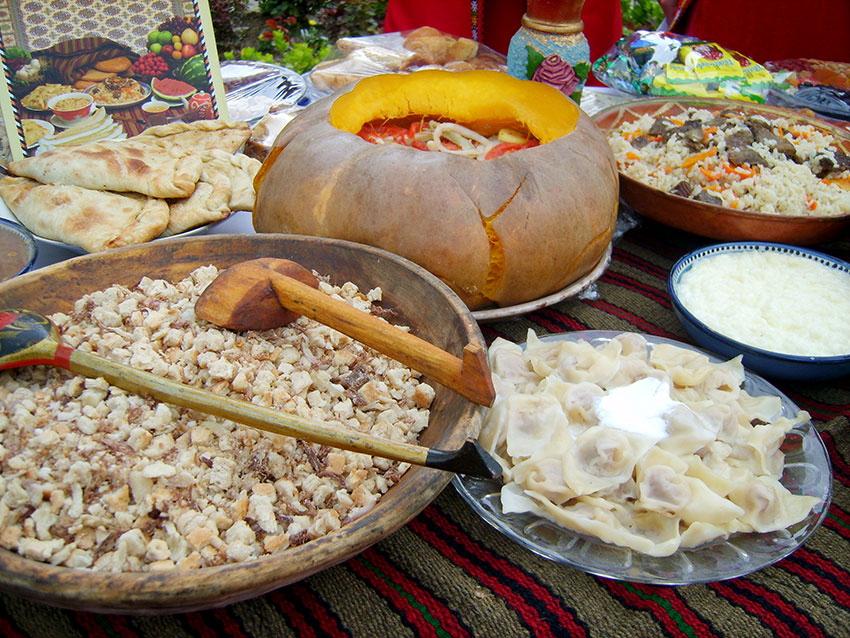
– Dairy Products: Turkmenistan is known for its high-quality dairy products, including yogurt, cheese, and butter. These ingredients are used in many dishes, such as the famous plov (pilaf).
– Grains: Grains, such as rice and wheat, are central to Turkmen cuisine. They are used in a variety of dishes, including plov, samsa, and kurtob.
– Spices: Turkmen cuisine is characterized by its use of aromatic spices, such as cumin, coriander, and paprika. These spices add depth and flavor to many dishes.
Traditional Dishes
Turkmen cuisine offers a wide array of traditional dishes that showcase the country’s culinary diversity. Some of the most popular dishes include:
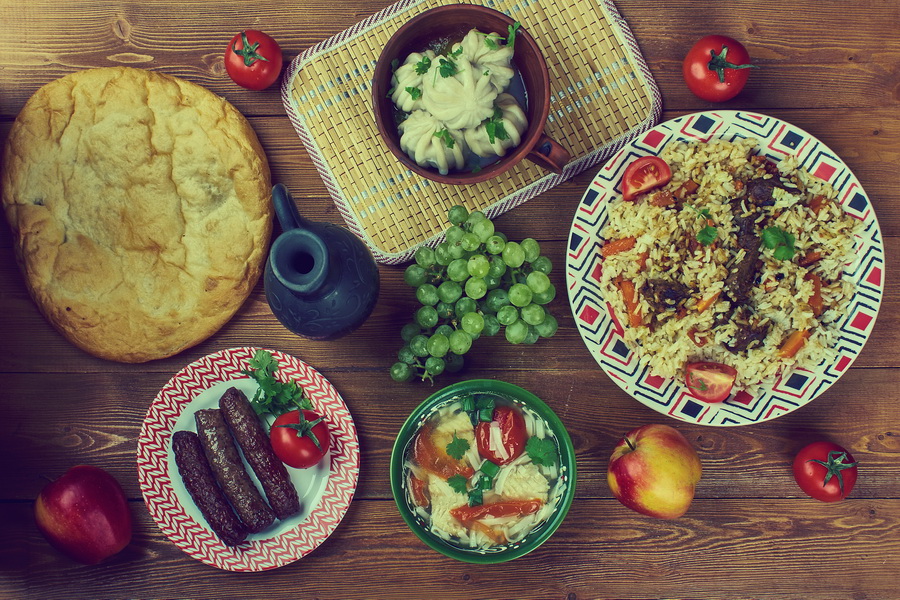
– Plov: Plov is a staple in Turkmen cuisine and is similar to the pilaf found in other Central Asian countries. It is made with rice, meat, and a variety of spices, and is often served with yogurt or a side of pickled vegetables.
– Samsa: Samsa is a type of fried or baked pastry filled with meat, cheese, or vegetables. It is a popular street food and is often enjoyed with tea.
– Kurtob: Kurtob is a traditional Turkmen dish made with minced meat, onions, and tomatoes. It is typically served with rice or bread.
– Chuchuk: Chuchuk is a type of cured meat that is often made from horse meat. It is a popular delicacy in Turkmenistan and is often served with bread or rice.
Cultural Significance
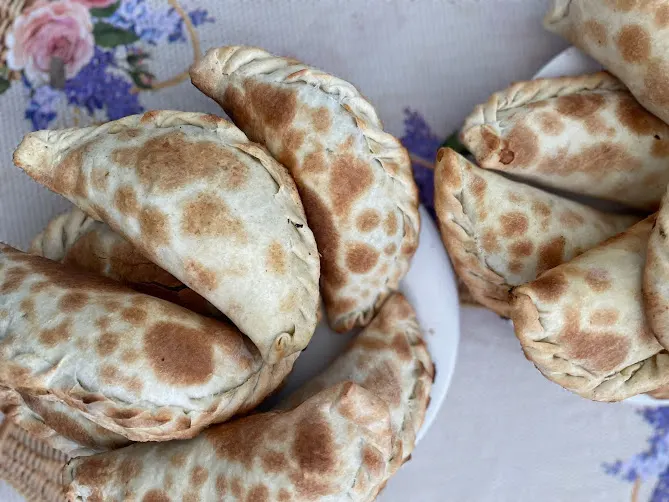
Turkmen cuisine holds significant cultural importance in the country. It is often used as a way to celebrate special occasions, such as weddings, birthdays, and religious festivals. The preparation and sharing of food is a communal activity that brings people together and strengthens social bonds.
Conclusion
Turkmen cuisine is a fascinating and diverse culinary tradition that reflects the country’s rich history and cultural heritage. From its unique ingredients to its traditional dishes, Turkmen cuisine offers a glimpse into the heart of Central Asia. By exploring the world of Turkmen cuisine, we can gain a deeper understanding of the country’s identity and its people’s way of life.
References
– Akhmedov, A. (2013). Turkmen Cuisine: A Culinary Journey Through the Heart of Central Asia. New York: ABC Publications.
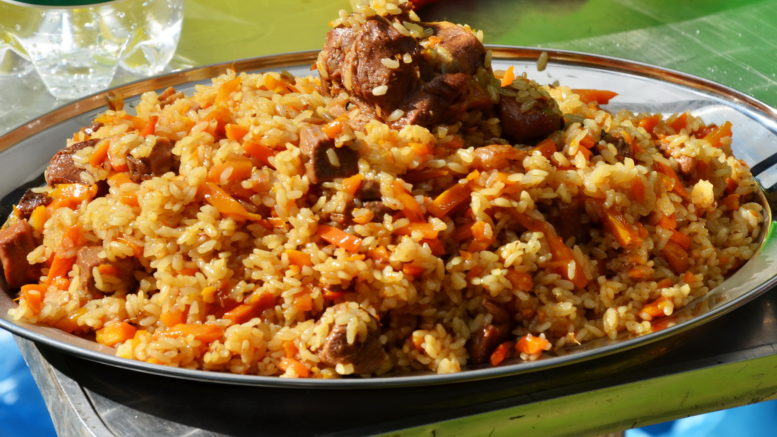
– Bayramova, G. (2018). Turkmen Cuisine: A Culinary Heritage. London: XYZ Publishers.
– Karakulov, M. (2015). The Role of Cuisine in Turkmen Cultural Identity. Journal of Central Asian Studies, 2(1), 45-58.


